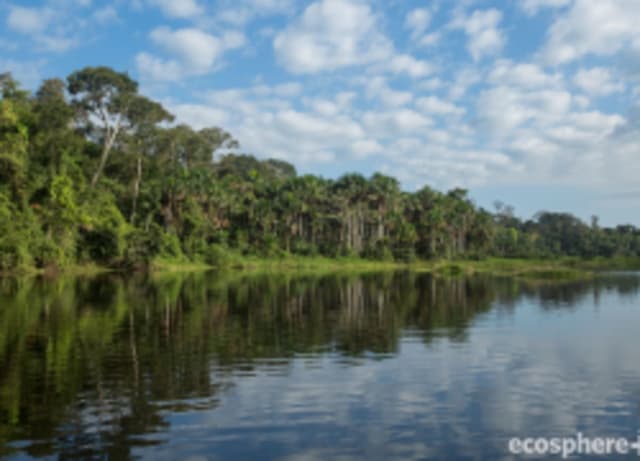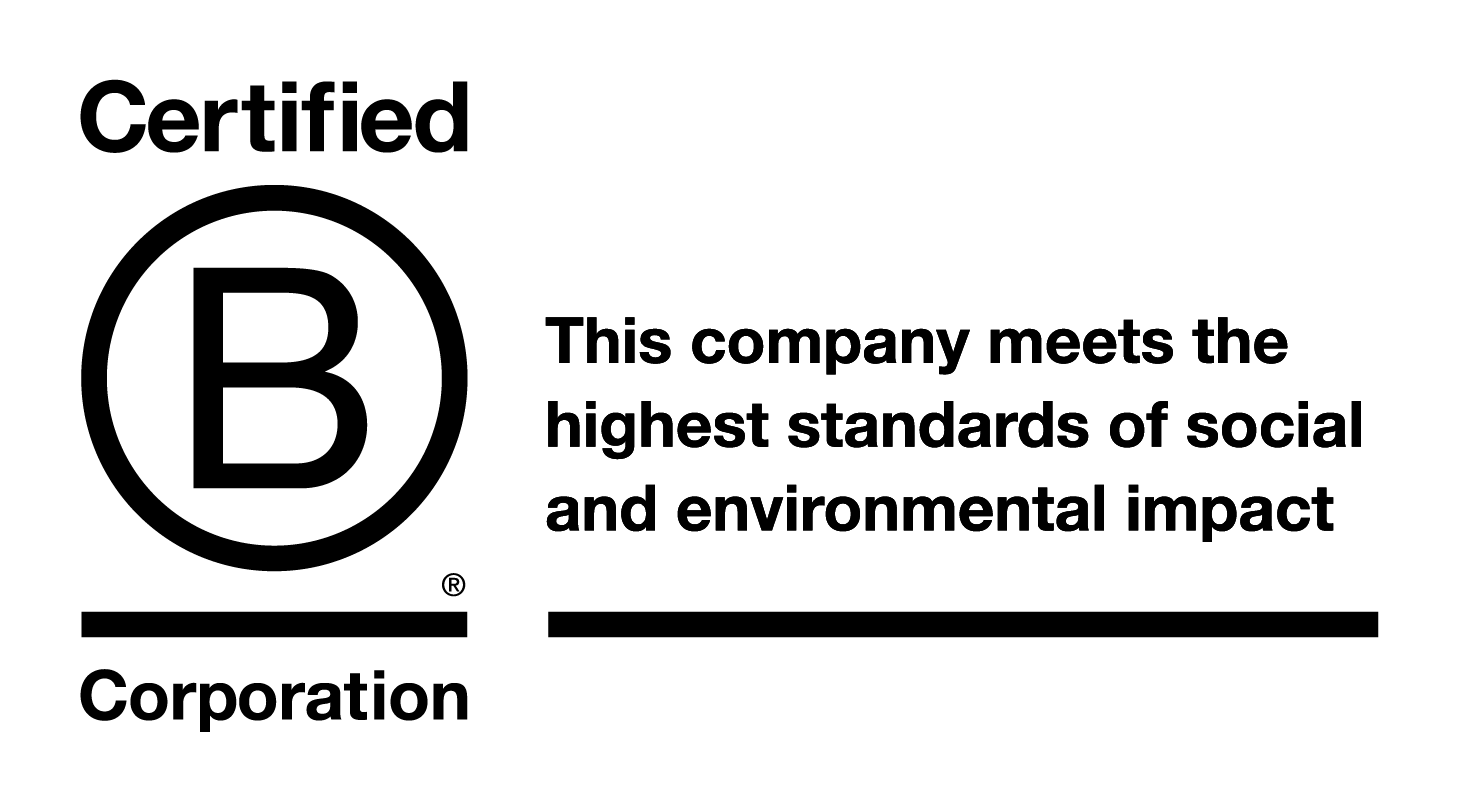Go the extra mile
Towards a cooler planet
What the news doesn't say about climate change: Solutions and opportunities
5 February 2025
In a world filled with doom and gloom narratives about climate change, it's crucial to explore what the news doesn't say about climate change. As Hannah Ritchie highlights, the challenges we face are not insurmountable, and there are actionable solutions that can lead us towards a more sustainable future.
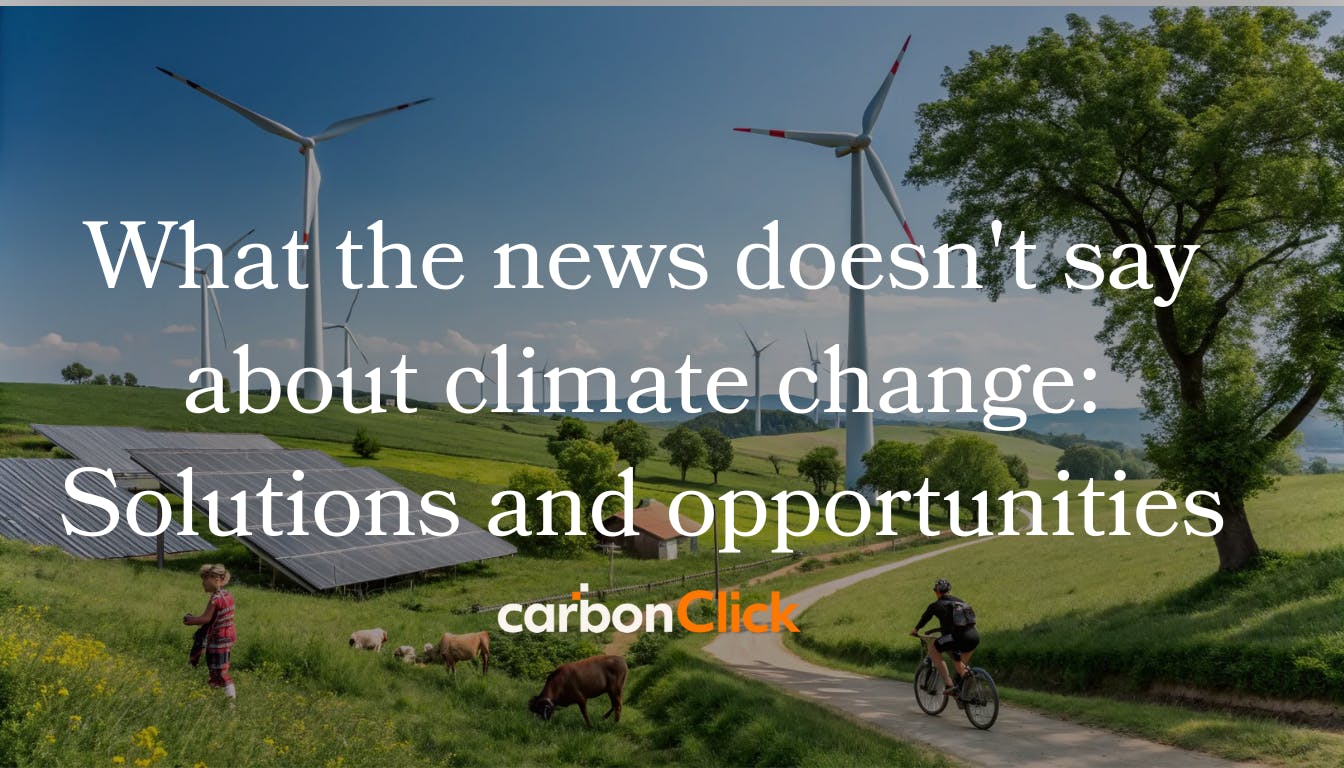
An ‘Insurmountable’ problem?
Many feel overwhelmed by the state of our planet, believing climate change presents insurmountable challenges. However, this perspective is often skewed. By examining historical data, we can identify significant environmental issues that humanity has already resolved.
It's crucial to shift our focus from despair to action. The narrative that we’re doomed can prevent us from recognising the potential for change. We have the capability to solve these problems, and the solutions are emerging.
Understanding climate change drivers
The primary driver of climate change today is human emissions of greenhouse gases, stemming from various sources. To address this, we need to focus on four key areas: energy, transport, food, and construction.
Each of these sectors contributes significantly to emissions and offers unique opportunities for improvement. By targeting these areas, we can effectively reduce our overall impact on the planet.
Energy
Transforming our energy system is vital. Transitioning from fossil fuels to low-carbon energy sources like solar, wind, hydropower, geothermal, and nuclear is essential. While concerns about land use for renewables exist, the actual land required is minimal.
For instance, we could meet global electricity demand using less than one percent of the world's land with solar energy. Wind energy requires about five percent, and the footprint of wind turbines allows for dual land use, such as farming.
Transport
Transport accounts for roughly a fifth of global CO2 emissions, primarily from cars and trucks. While reducing personal vehicle use is crucial, transitioning to electric vehicles (EVs) is also necessary.
Although EVs have higher initial emissions due to battery production, they repay this carbon debt within two years of use. Over their lifetime, EVs can reduce emissions by half to two-thirds compared to traditional petrol or diesel vehicles.
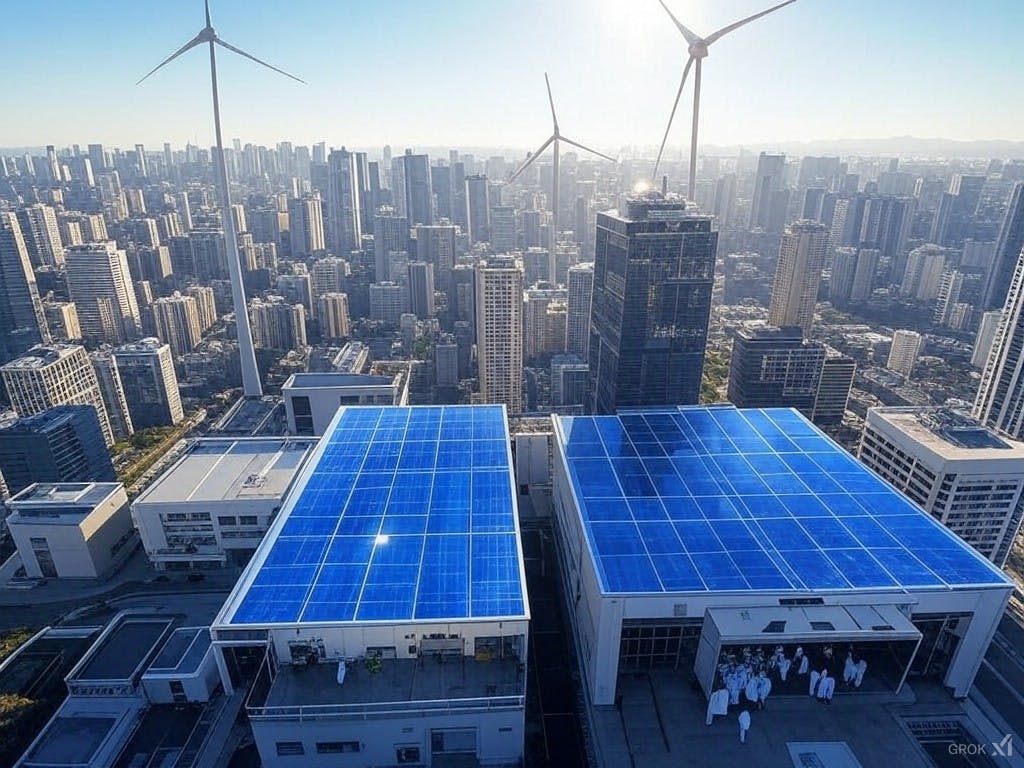
Four key areas to target
Addressing climate change effectively requires a focused approach on four main sectors: energy, transport, food, and construction. Each area presents distinct challenges and opportunities for innovation.
- Energy: Shift to low-carbon sources and reduce reliance on fossil fuels.
- Transport: Promote electric vehicles and enhance public transport systems.
- Food: Improve agricultural efficiency and reduce waste.
- Construction: Innovate in materials and processes to lower emissions.
Transforming our energy system
The transition to renewable energy is not just necessary; it's increasingly cost-effective. Over the last decade, the costs of solar and wind energy have plummeted, making them competitive with or cheaper than fossil fuels.
This shift is not only economically beneficial; it’s essential for addressing climate change. With the right policies and investments, we can accelerate this transition and harness the full potential of renewable resources.
Reducing transport emissions
Reducing emissions from transport involves more than just promoting electric vehicles. We must also encourage alternative modes of transport, such as cycling, walking, and public transport, to decrease overall vehicle reliance.
As the market for electric vehicles grows, we can expect a significant reduction in emissions. The peak sales of petrol and diesel cars have already occurred, signalling a shift towards a more sustainable transport future.
Food: A major emission source
Food production contributes approximately a quarter of global emissions. The significant land use for agriculture and the emissions from livestock highlight the need for reform in our food systems.
Improving agricultural productivity, shifting dietary patterns towards plant-based foods, and minimising food waste are key strategies to reduce emissions in this sector.
Construction and manufacturing
The construction sector is another major contributor to emissions, particularly through materials like cement. Innovations in production processes can significantly lower the carbon footprint of construction.
Strategies include using less cement, capturing CO2 emissions from production, and exploring alternative materials that do not emit carbon. These advancements can help us build sustainably while meeting the demands of modern engineering.
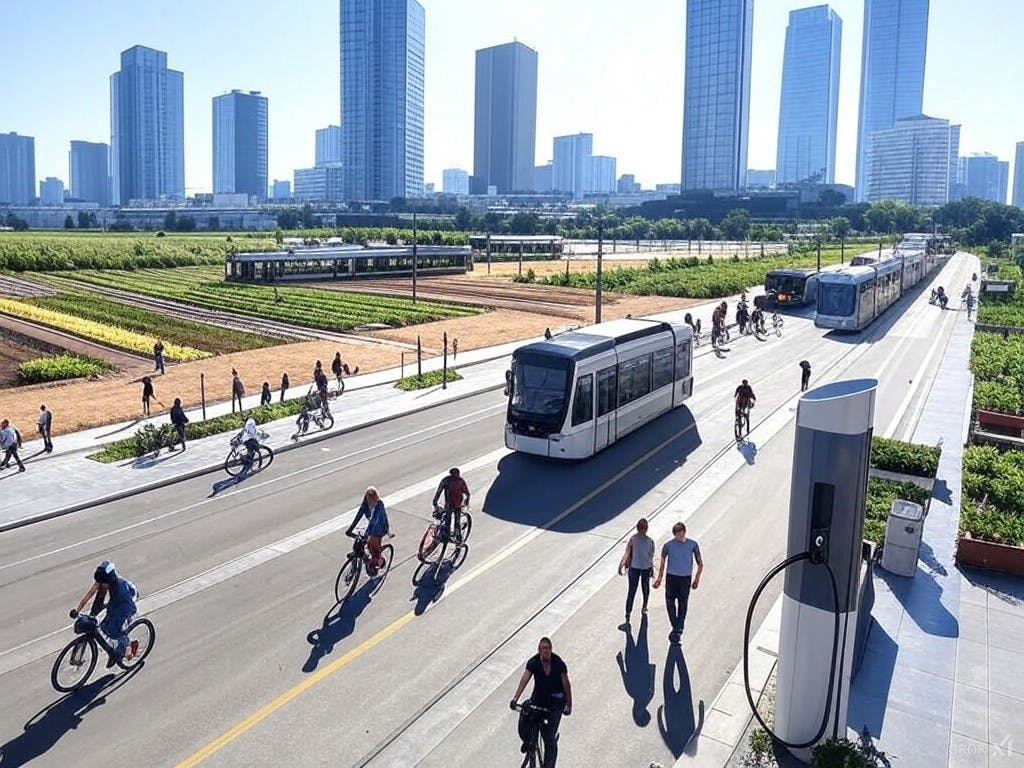
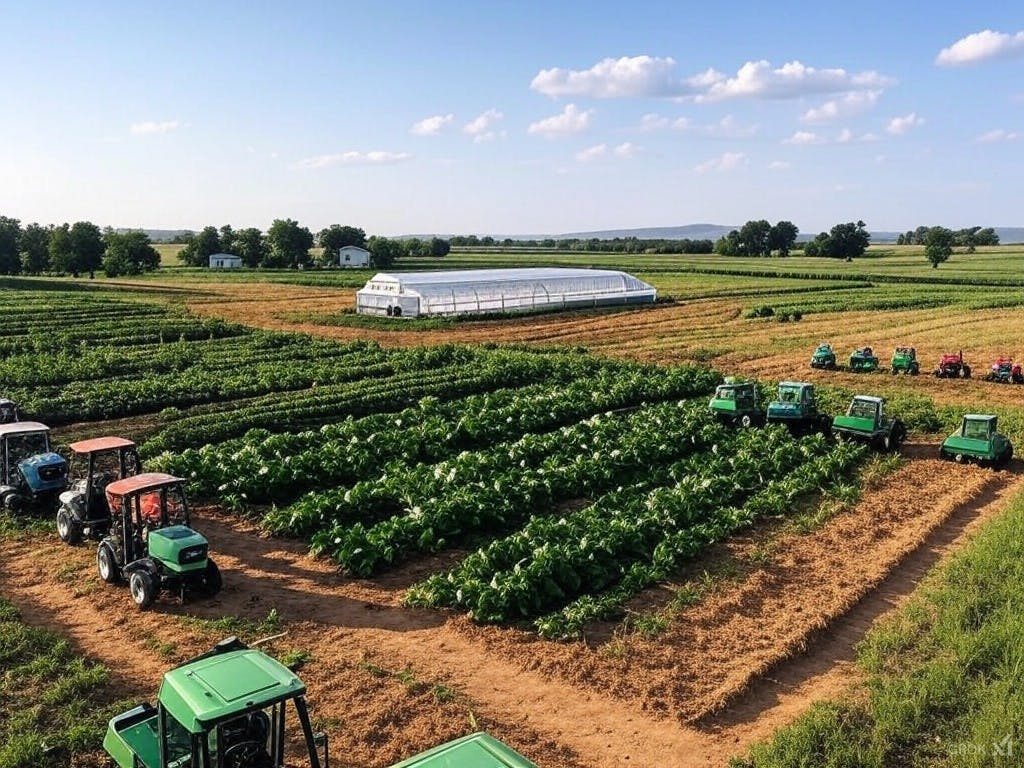
Decarbonizing food production
The food sector is a significant contributor to global emissions, accounting for approximately a quarter of them. It’s essential to address this area to effectively reduce climate impacts.
Three primary strategies can lead to substantial reductions in emissions from food production: improving agricultural productivity, shifting dietary patterns, and reducing food waste.
Improving agricultural productivity
Maximising yields per hectare is crucial. By adopting advanced agricultural techniques and technologies, we can produce more food on less land, thereby reducing the need for deforestation and habitat destruction.
Innovations such as precision farming, genetically modified organisms (GMOs), and sustainable practices can significantly enhance productivity.
Shifting dietary patterns
Dietary choices have a profound impact on emissions. Meat and dairy production generates significantly higher emissions compared to plant-based foods.
Encouraging a shift towards more plant-based diets can drastically reduce the carbon footprint of our food systems.
Reducing food waste
Food waste is a major issue, contributing not only to emissions when disposed of but also wasting all the resources used in its production. By minimising waste at every stage of the supply chain, we can significantly lower emissions.
Strategies include better inventory management, consumer education, and improved food preservation techniques.
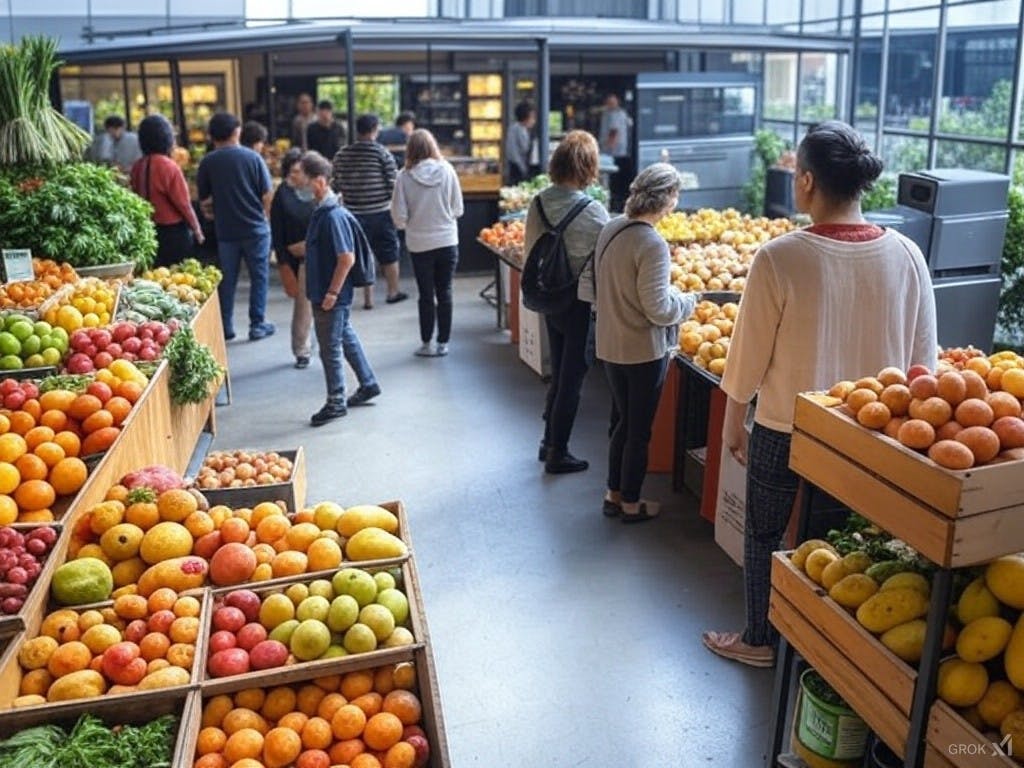
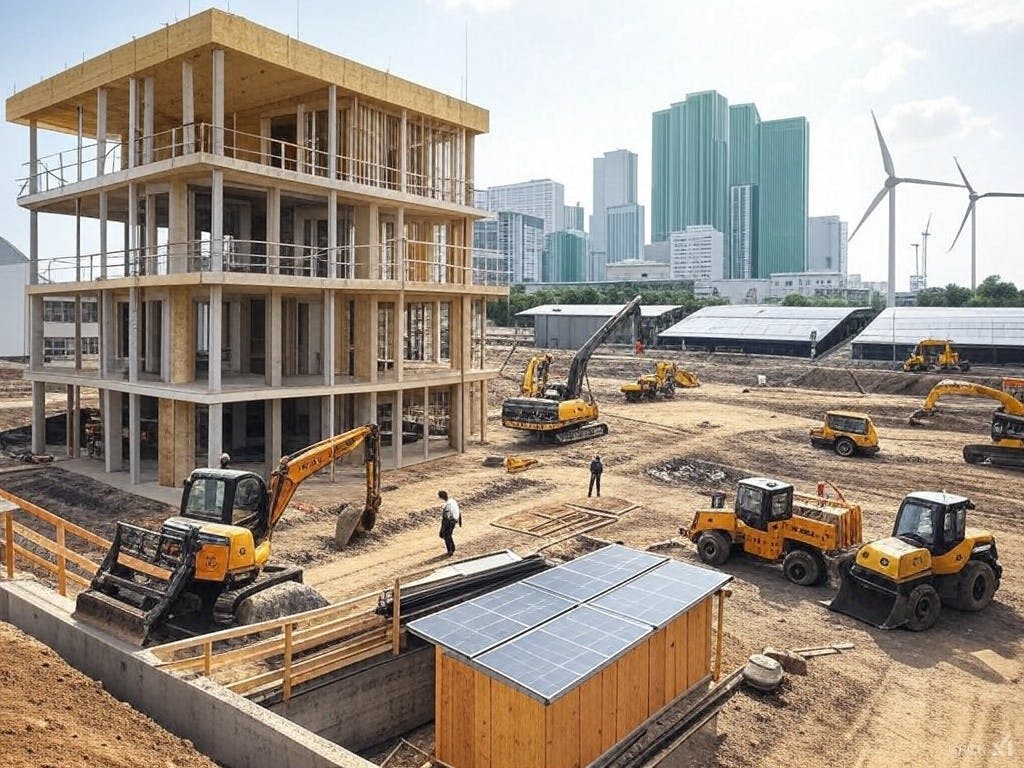
Innovations in construction and manufacturing
The construction and manufacturing sectors are pivotal in addressing climate change. They are responsible for substantial carbon emissions, particularly from materials like cement.
Innovative approaches can help reduce these emissions significantly.
Reducing cement emissions
Cement production is a leading source of CO2 emissions. To address this, we can focus on three key strategies: using less cement, capturing CO2 emissions, and exploring alternative materials.
- Using less cement: Opt for lower-grade materials without compromising structural integrity.
- Capturing CO2: Implement technologies to capture emissions during production.
- Alternative materials: Research into materials such as calcium silicate can provide sustainable options.
Energy efficiency in manufacturing
Improving energy efficiency within manufacturing processes is vital. This can be achieved through the adoption of cleaner technologies and renewable energy sources.
By investing in energy-efficient equipment and practices, companies can reduce their emissions while also saving on operational costs.
The role of electric vehicles
Electric vehicles (EVs) are a critical component in reducing transport emissions. They offer a cleaner alternative to traditional petrol and diesel vehicles, which account for a significant portion of global emissions.
Lifecycle emissions of electric vehicles
While EVs have higher initial emissions due to battery production, they quickly offset this carbon debt. Within two years, their operational emissions are significantly lower than those of conventional vehicles.
As the electricity grid becomes sustainable, the emissions associated with EVs will continue to decrease, making them an increasingly sustainable choice.
Encouraging EV adoption
To promote the adoption of electric vehicles, governments and communities must invest in charging infrastructure and provide incentives for consumers.
Public awareness initiatives can also help educate potential buyers about the long-term benefits of switching to electric vehicles.
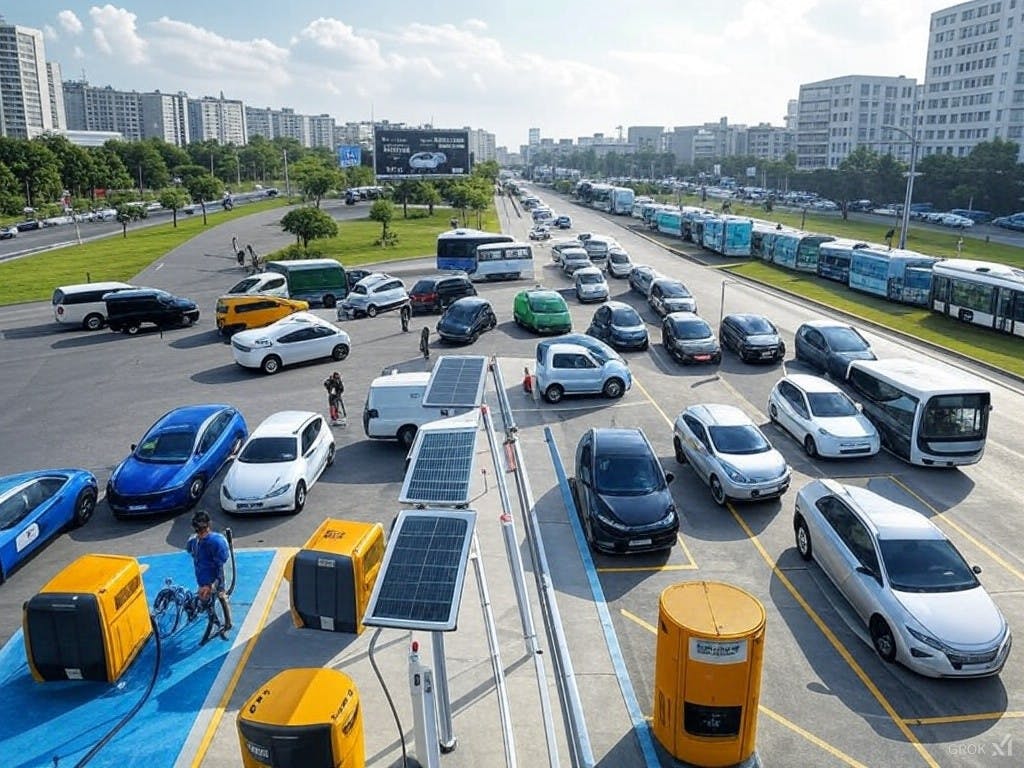
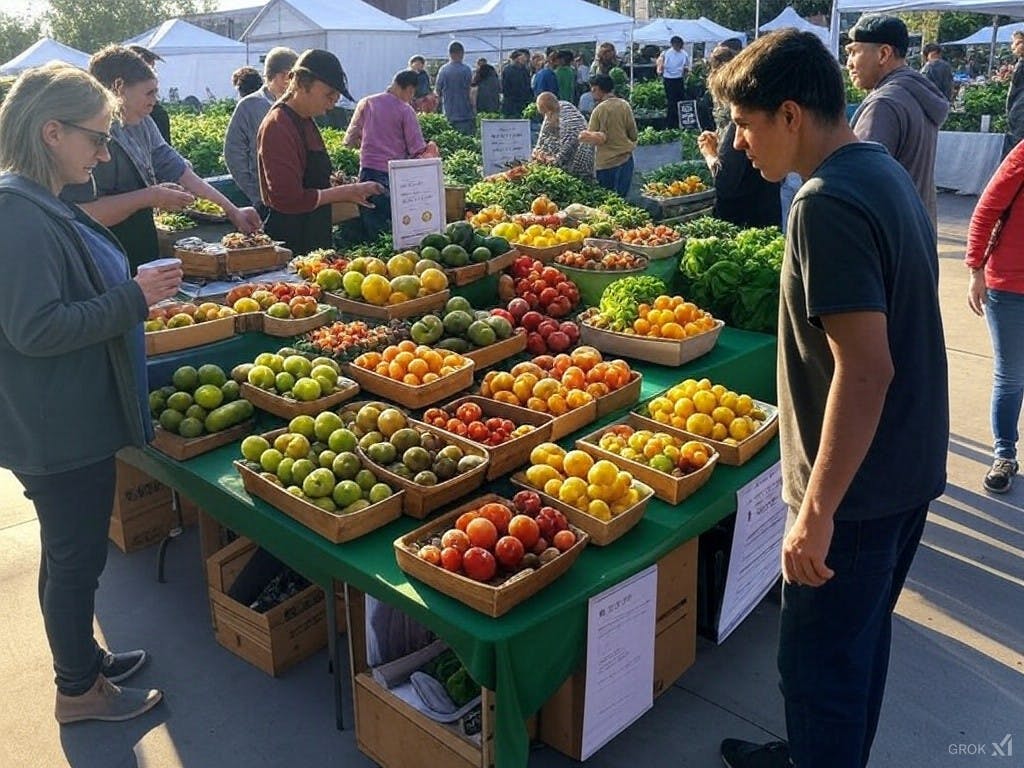
The importance of dietary changes
Dietary changes are crucial in addressing climate change. By understanding the environmental impact of our food choices, we can make informed decisions that contribute to a more sustainable future.
Meat and dairy vs. plant-based foods
Meat and dairy products have a much higher carbon footprint compared to plant-based options. Reducing the consumption of these high-impact foods can lead to significant reductions in overall emissions.
Encouraging a shift towards plant-based diets can also improve public health and reduce the strain on agricultural resources.
Creating a sustainable food culture
To foster a sustainable food culture, we must promote education around food production and consumption. This includes understanding the environmental implications of food choices and advocating for sustainable practices.
Community initiatives such as local farms, farmers' markets, and plant-based cooking classes can help facilitate this cultural shift.
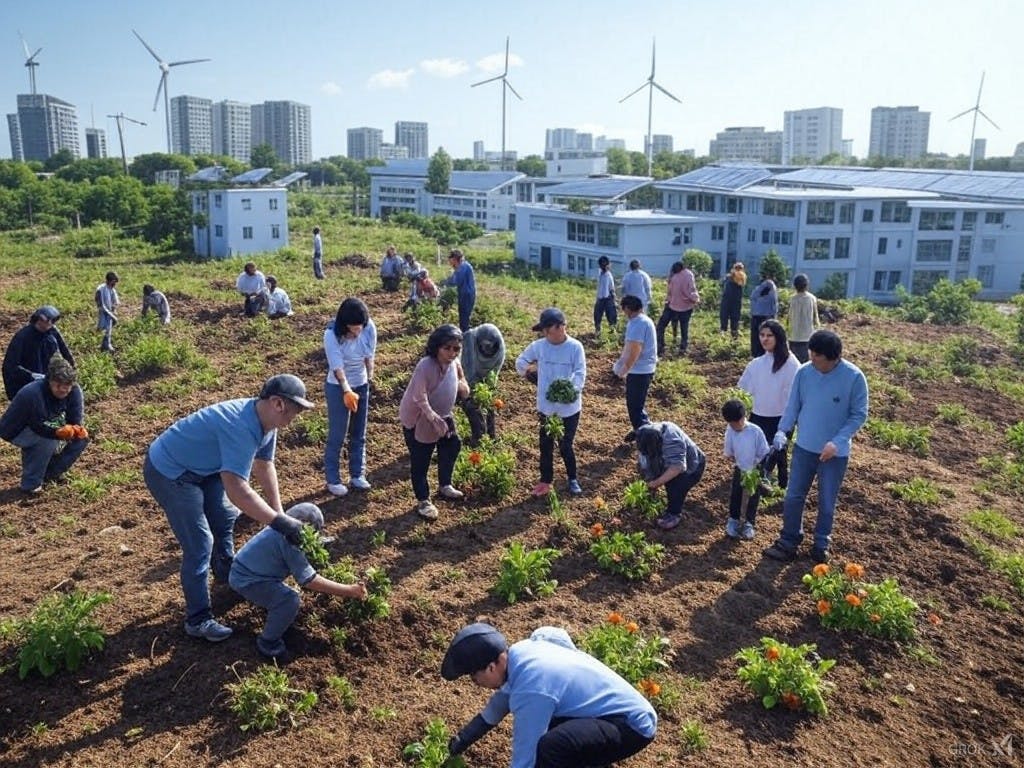
Embracing urgent optimism
It's essential to adopt an attitude of urgent optimism when addressing climate change. This mindset encourages proactive solutions rather than passive acceptance of doom.
The power of innovation and education
Technological advancements and increased public awareness are key drivers in tackling climate change. By harnessing these tools, we can create sustainable solutions that benefit both the environment and society.
Education plays a crucial role in this process, empowering individuals to make informed decisions that contribute to a healthier planet.
Collective action for a sustainable future
Collective action is necessary to tackle the challenges of climate change. By working together, communities, governments, and businesses can implement effective strategies to reduce emissions and promote sustainability.
Every individual has a role to play. By making conscious choices and advocating for change, we can all contribute to a more sustainable future.
17 South Street
Auckland 1010
New Zealand
info@carbonclick.com- -
- X
Sign up. Be inspired. Get clicking.
Subscribe now to stay up to date with CarbonClick, carbon offsetting and climate action.
By signing up you agree to our Privacy Policy.

